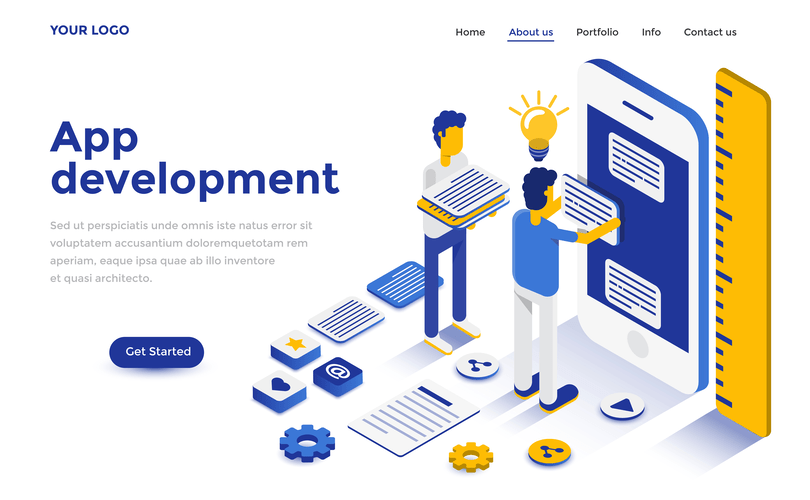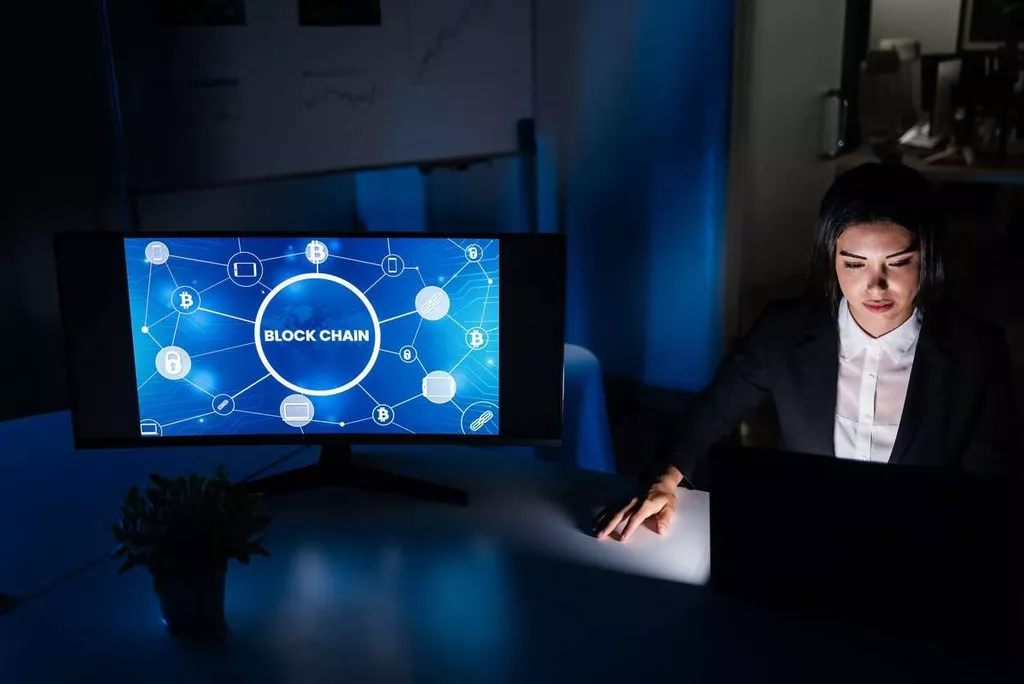Once the team members get to know each other, they move on to the second stage. Storming is the most difficult of the five stages, as the team has to learn how to work together despite their individual personalities. No matter what type of team you’re forming, you probably shouldn’t expect its members to instantly bond and quickly reach the level of a high-performing team. Planning for each triannual cohort begins months prior; many steps must occur before courses or new programs are ready for development. Until a course has been approved for online development or revision and a faculty member is contracted to undertake the endeavor, it will not be included in a cohort. This is also the time in which teams can celebrate everything they have achieved together.
During this stage, team members can often be excited, anxious, or uncertain of their place within a team and will try to figure out their role in the group. The role of the team leader is especially vital during Forming, as group members will look to them for guidance, direction, and leadership. In addition to keeping communication flowing, it’s also extremely helpful to ensure that everyone knows what part of the project they are responsible for. This can reduce misunderstandings and help work to progress smoothly.
Resources designed for all stages of the development process
Pose lots of questions to your team, even if you think you know the answer. Take a cue from the Atlassian Team Playbook and make time for these three activities. Click the name of each activity below to get step-by-step instructions and other helpful resources like templates and videos. This is the golden age of any team and the goal of what you should aim for. It is marked by clear structure, unified goals, and, most importantly, steady results. There is no saying how long it will take for each team to get here, but you can certainly help your team move through the stages with previous advice.
Team members feel an increasing acceptance of others on the team, recognizing that the variety of opinions and experiences makes the team stronger and its product richer. Members start to feel part of a team and can take pleasure from the increased group cohesion. Supervisors of the team during this phase are almost always participating. Even the most high-performing teams will revert to earlier stages in certain circumstances. Many long-standing teams go through these cycles many times as they react to changing circumstances. For example, a change in leadership may cause the team to revert to storming as the new people challenge the existing norms and dynamics of the team.
Why are 5 Stages of Team Development Essential?
In contrast, an ok team can mean delays, loss of quality, and a lot of additional work. Each project detail, including deadlines, is included to maximize the team’s productivity. With their customized, prioritized schedules, your team members will know exactly what to focus on and when. The initial excitement of joining the group wanes as the members start to feel the weight of their projects or raise concerns about their responsibilities.

This includes people from your team, the client-side, and even freelancers. Plus, you can set different permissions for different groups, so you only share the most relevant information. It is also your responsibility as the team leader to calm the nerves of your team members about future expectations. You can create a clear outline of the team’s current status versus its scheduled goals and objectives. There is a very low tendency for conflicts to occur and the team members are only focused on carrying out its goals. Since everyone’s hand is on deck at this stage, the team’s performance will highly increase to the maximal level.
Dimensions Team Building Activity
When it’s time to celebrate meeting a milestone, consider indulging in a team dinner or day out doing something fun together. And, now that you’ve figured out established practices that help you collaborate effectively, share those with other teams. Maybe your team is humming along in the “performing” stage, then a new person joins. Likewise, a strategic pivot for the company sends your team back to the “storming” phase. As the team members already know about everyone’s individual skills and backgrounds, they must start searching for a way to collaborate and progress. In this stage, it is common for teams to have several divided groups, each of them with its own informal leader.
- “Resolved disagreements and personality clashes result in greater intimacy, and a spirit of co-operation emerges.”[4] This happens when the team is aware of competition and they share a common goal.
- Performance norms are very important because they define the level of work effort and standards that determine the success of the team.
- The five stages of group development, according to Bruce Tuckman’s model, are forming, storming, norming, performing, and adjourning.
- You have done a good job if you can manage your team successfully to reach this last stage of team development.
A large part of moving from Norming to Performing is empowering the members of your team to do work that excites and engages them individually as well as a group. Even when a team is performing at a high standard, there are often opportunities for individual action and proactivity that can help maintain growth and keep everyone in a group happy. Remember that a group is strengthened as its individual members do more of what matters to them and are engaged in creating the change they want to see. In fact, moving from Norming to Performing often involves further refinement and reappraisal of working methods as your team grows and develops. A workshop to support teams to reflect on and ultimately increase their alignment with purpose/goals and team member autonomy. Use this workshop to strengthen a culture of personal responsibility and build your team’s ability to adapt quickly and navigate change.
Top 10 Most Promising SaaS Startups in 2023
Strong communication skills are the backbone of conflict resolution. With a clear communication plan in place, your team will know how to discuss their issues with the rest of the team in a constructive manner. Whether you’re building a new team or working on a specific project with cross-functional partners, it’s important to establish restaurant app builder your team’s mission early on. Setting a goal, even before you start working together, establishes some ground rules to focus on and ensures that everyone is on the same page and moving towards the same goal. The fifth stage of group development, also known as the mourning stage, is the final stage a team will go through.
If you don’t assign a member a role they’d wished for, tell them why. Clarify those decisions immediately if you see signs of disappointment or frustration with assignments and responsibilities. The five stages of team development have remained consistent over the years. Bruce Tuckman, a professor of educational psychology at Ohio State who researched the psychology of group dynamics, developed his stages of team development theory in the 1960s. When teams work in the same space, it’s easy to see what everyone’s doing.
How Can Leaders Initiate Team Development?
Ultimately, the goal is to make sure you can provide psychological safety as a baseline, evaluate team patterns of behaviour and notice when you’re in a negative cycle. After the storming stage, they recognize behavioural patterns, strengths and develop foresight for upcoming roadblocks. You approach your team to learn about their bottlenecks, roadblocks and concerns. You come to realize that, by involving yourself, they’re burdened by an apprehension to speak up and would rather spend time rectifying the situation. In this meeting, you take notes from each team member and apply these to your team principles.

Expect to see leadership decisions questioned more in the storming stage, too. If roles and responsibilities are unclear or project workload and deadlines appear unmanageable, members will start to push back against the designated authority. If so, then it might be time to learn more about the stages of team development. At the end of the project, set up an online meeting where team members come together to discuss the entire project, from the successes to the frustrations. Ask them to prepare examples beforehand outlining what worked and what didn’t, and then give each person five minutes to share their thoughts.
Give the group room to grow
Additionally, it gives the person who takes on the new role an opportunity to enhance their leadership and facilitation skills. As the work process is not yet decided, the team is making little progress, and their progress is often riddled with errors. As such, the Forming stage is filled with uncertainty, and most team members seek guidance. If one or a couple of team members are willing to take on this responsibility, they are the most likely candidates for becoming the group leaders at the following stages. The first stage of the team development cycle is Forming, and it talks about a new team getting acquainted.
On a remote team, you need to be more thoughtful about the tools and the processes that you use to identify and deal with disagreements. Simplilearn is a cutting-edge workplace training service that provides just that. At Simplilearn, our PMP Certification Training Course in emerging technologies is transforming our economy with valuable skills that last.
Team development cycle FAQ
That being said, make sure to play to each person’s overall skills and abilities, too. Check in with them about their long-term goals for their roles within the company and determine if they’re ready for a challenge. The theory provides insights into how productive teams form and develop over time. It also reminds us that teams are never high-performing and ready to go from the onset. Instead, they need time to form a cohesive unit that can achieve results. The stages of team development are natural, and following some of these tips can help you drive success.


Leave a comment